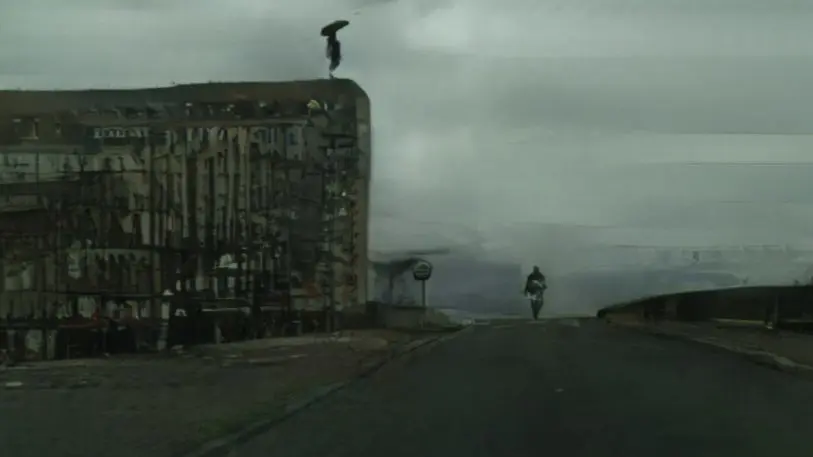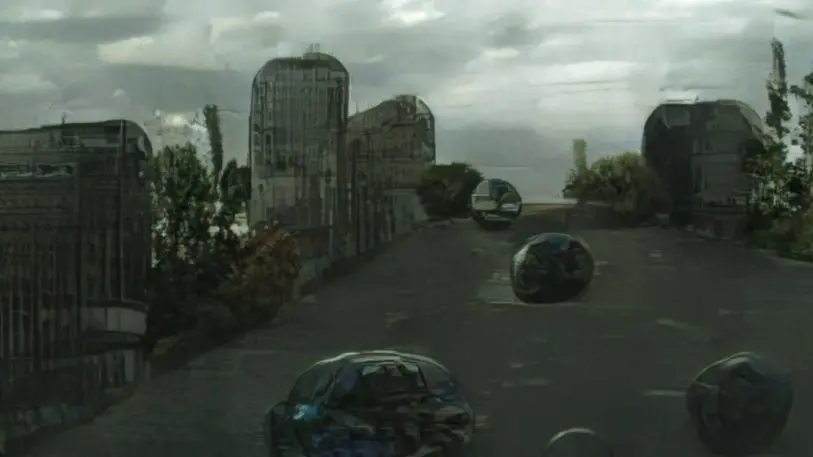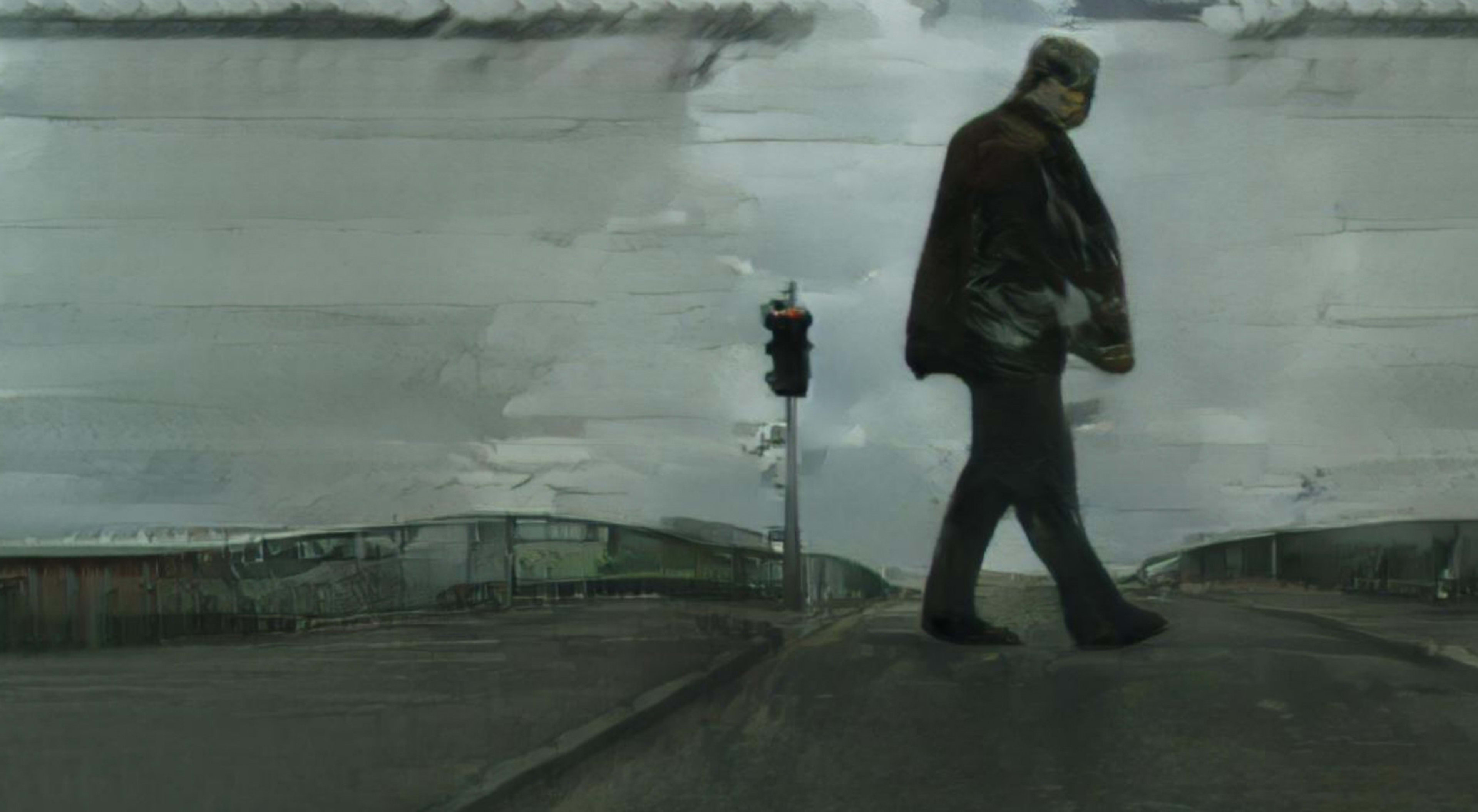If I were to ask you to draw a street, you might pull out a piece of paper and a pen, put down a few lines to make a road, then add a series of rectangles to divide lanes. Maybe you’d go so far as to draw a car or a stoplight. But whatever you ended up with would look a lot like a drawing–an illustration of a road, more than a road itself.
Uncanny Road, on the other hand, is a tool that lets you create a photorealistic road from scratch with the help of AI. Created by Latent Studio— the two-man team of Cristóbal Valenzuela and Anastasis Germanidis–Uncanny Road is a site that lets you paint a simple, Microsoft Paint-esque color grid of streets, sky, bike lanes, and buildings, wherever you like. Then it applies an algorithm that can turn these color maps into photo-like textures. In theory, it should let you paint picture-perfect cities.
The intent behind the project is not that Uncanny Road can create ideal city streets from scratch, however, but that its entire UI is something of a proof point, to show that everyday people can leverage the power of these convoluted machine learning algorithms. (In this sense, it’s a spiritual successor to AI experiments by Google and Adobe.)

“This experiment was built to investigate and explore how machine learning techniques can be used for generative and creative processes,” the Latent Studio team explains over email. “Specifically, we think technologies like this can be used to augment a creative workflow. We are interested in seeing what architects, designers, artists, and people outside the traditional computer science realm can do with technologies like these inside their fields of expertise.”
[Screenshot: Uncanny Road]
Using Uncanny Road myself, I try a few tacts. First I paint a typical scene from their rubric, a street with a bike lane, some buildings, and trees. It’s respectable, but as a realistic road generator, Uncanny Road, frankly, fails in that way so many AI imaging programs do. Trained to reproduce a street without any real understanding of what a street is creates a mess of murk that leans toward digital impressionism. But as I began using Uncanny Road in another way, as a turnkey portal into the surreal–breaking the laws of physics by putting cars into the air–I find it to be a kind of fever dream caught somewhere between the minds of Salvador Dalí and Gustave Caillebotte.

“The tool allows for the creation of some surreal scenes that still maintain a sense of realism,” the team says. “People’s first instinct seems to be to try to ‘break’ the model and identify its shortcomings–by drawing elements out of proportion (e.g. gigantic people) and seeing how the model responds.”
Going through Uncanny Road’s own endless highway of user-submitted streets, I don’t think that these scenes are crafted with the specific hope of breaking Uncanny Road, but, in essence, fixing it. Many of the generated scenes I found on the site were along the lines of the surreal, I suspect, simply because Uncanny Road is not the perfect tool for representational art. However, as a means for self-expression, Uncanny Road is fascinating in a way that celebrates its shortcomings. It’s the tease for a future when AI can’t entirely replace human behavior, but augment it.
Recognize your brand’s excellence by applying to this year’s Brands That Matter Awards before the early-rate deadline, May 3.
